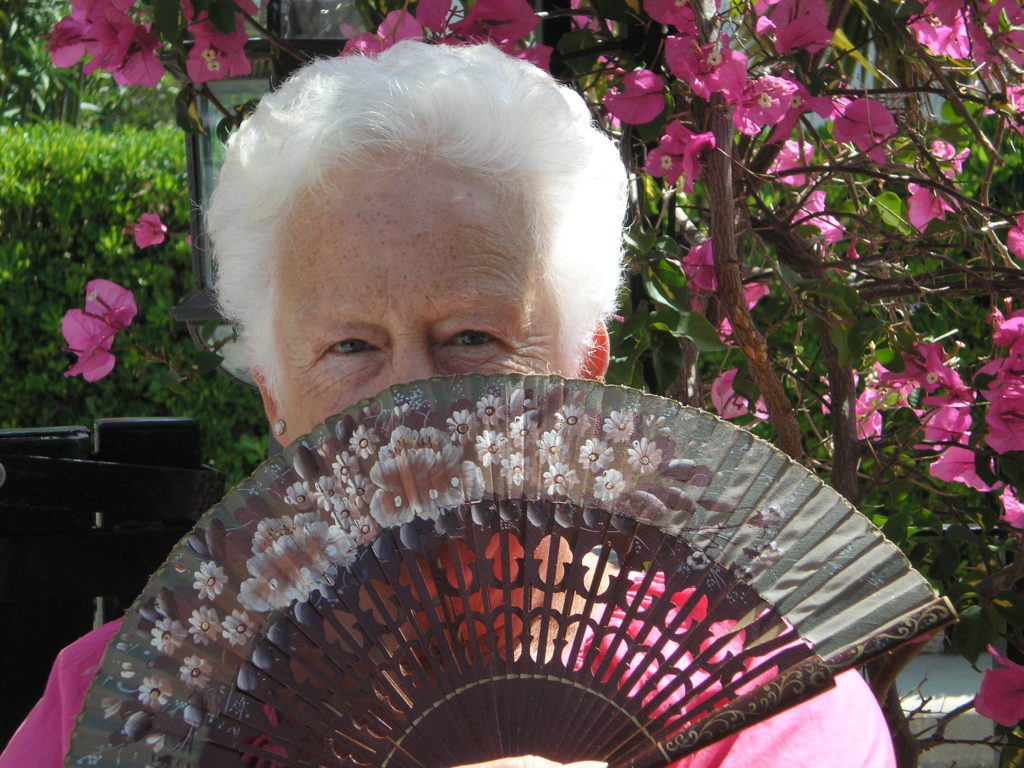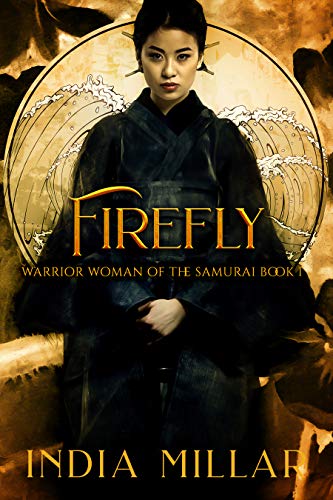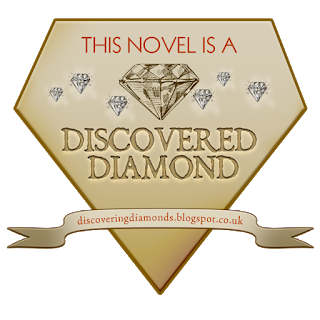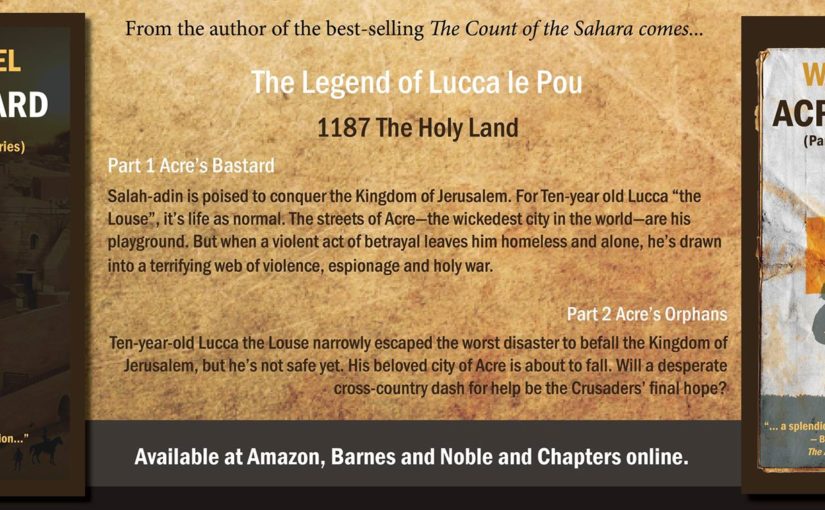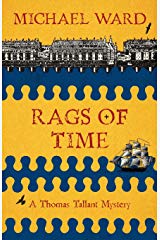Take your time and get it right. We’re not going anywhere.
Renee Firer, editor Twist in Time
If you love short stories and poetry, you need a place to find new work. If you’re a writer, you need a place to submit and get your stuff into the world. This is the third in a short series about litmags I really like–some have published my work, some have not–that do a terrific job. This week’s focus is on Twist in Time Magazine and we are talking to its editor, Renee Firer.
Full disclosure, I really like this mag for a couple of reasons. First, it is absolutely delightful. The look of it, the design and the artwork are really lovely and slick (in a good way). it’s not just a website with words on it.
Secondly, its theme is time. Their motto is “Take us on a journey to somewhen.” Fact, fantasy, fiction, it’s all about time and how it works on us, and we on it. Content runs the gamut from delicate fantasy poems about fairies to fact-based historical fiction and back. If you haven’t read it, you should take a look.
Then, of course, they have published some of my work. The war story (something outside their normal wheelhouse but they liked it, so there) Dien Bien Phu, 1954 came out in Issue 2. My 2-part longer piece, Los Angeles, 1952 was premiered in Issue 5 in September and will conclude on November 1 in Issue 6. I wrote some backstory on it earlier this month…
Renee, tell us about your magazine, Twist in Time and your new imprint, TwistiT Press and why do we care?
Such a good question! I think the better question would be, why should we care about the evolution of literature? What we consider today to be historical fiction was once just literature set in the time period the author was from. Some of the science fiction written years and years ago is now comical literature that completely missed the mark when guessing what the future might look like. Writing that focuses on time, on a single moment, the future, past, etc., is like a history book in and of itself. Twist in Time documents it all. Years from now, someone could read the work in my magazine and maybe learn something about our era, the authors, the world, community, and so much more. No one can escape time. So we might as well start paying more attention to it. And maybe, just maybe, we’ll be able to learn from it so that history doesn’t repeat itself.

This is a tough gig. What were you thinking? What inspired you to take the leap?
Honestly, it’s a bit selfish. I write a lot of historical fiction and poetry. But when searching for magazines, online or print, that would publish my genre of work, there was a huge gap. A bunch of the magazines I found had shut down for a few different reasons. One of them being not enough submissions. Was historical writing a dying art? I didn’t think so. Or more like I hoped not. That would have been heartbreaking. So I took that as a lesson and took a deeper look at what fascinated me. I needed to find a way to broaden the topic. What was it about history that drew me to it? The answer was time. Something about writing about a different time and place gave me the warm fuzzies. A stranger sitting beside me, though, would be able to interpret time a different way. And that’s what I wanted. Different stories from different people from different places all over the world all because of one word.
What kind of stories or other content are you looking for?
Steampunk, steampunk, steampunk! Now, with my shameless wishlist out of the way, I’m looking for the unconventional. I want quirky, different, but engaging work, be it writing or art/photography. I want someone to take the idea of “time” and twist it around their finger and create something new that leaves me salivating and desperate for more. I want it all. The past, present, and future.

Here’s your chance to vent: What drives you crazy about submissions to your magazine?
Oh, oh, oh! I HATE when people don’t read my guidelines. I tried to lay it out as simply as possible, but there are still people who don’t read it. And I can tell instantly. There are people who just send me an email with the attachment, but no cover letter. Nothing to tell me if the piece is a simultaneous submission or previously published. It drives me up the wall, honestly. Because I look at it this way, if someone can’t take a few minutes to read my guidelines then why should I waste time reading or viewing their work? To me, that’s disrespectful, but more than that, unprofessional.
What are your long-term goals for Twist in Time and your imprint, TwistiT Press?
To get filthy rich. On a more serious note, I would love to reach out into print for the magazine. It’s something I’ve been circling for a while now, but I just lack the time to finish laying out the issues. But that is the goal. I want to find a way to reach a wider audience, do more work with charity anthologies, and branch out to high schoolers and middle schoolers (TwistiT Teen, anyone?).
As for TwistiT Press, I’m in the beginning stages of this aspect of my business, but I am so grateful for the writers I have published or am soon to be publishing. My goal is to continue on this upward momentum and continue growing with my press and authors. I hope to one day have an honest business from the magazine and press, so that I can continue bringing content to my readers. And my authors deserve the best I can offer them.
If people are going to submit to you (No, not like THAT!) what should they know?
Well, if they’re going to submit to me, they better submit to me (100% in THAT way). Actually no. I don’t wish to be sued for sexual harassment. But I think they should know they need to be patient. With themselves and with us. If they miss a submission period because they can’t get a piece just right, that’s okay! Submissions will open back up eventually. But also, if they rush to finish a piece for fear of missing the deadline, don’t. Take your time and get it right. We’re not going anywhere. Better to submit something you’re proud of rather than work that’s subpar.
Also, remember, we’re running this magazine and press in our spare time. And sometimes, we’re swamped with submissions. It’s both flattering and terrifying. It can take longer to go through them all than we intend. Please be kind, but don’t hesitate to reach out and ask about the status of your submission. We’ll get back to you ASAP. We’re doing our best for you guys.
You’ve published two of my stories now. I’m grateful because they were hard stories to place for different reasons. What the hell were you thinking? What did you find publish-worthy?
You’re one of the few who have submitted historical fiction to me and that immediately grabbed my attention. But what kept me reading was your ability to story tell. It’s not just the prose, but the way you draw a reader in with details, giving them some footing to stand on. It’s the dialogue, keeping it authentic. You have this amazing ability to build a world in a limited amount of space, a world where readers just kind of fall in and find themselves no longer on their couch, kitchen table, bed, etc., but in LA, watching two guys duke it out in the ring.
On that note, I’m going to quit while I”m ahead. Please check out Twist in Time. Also, some of my other short stories can be found on this page of my site, and my novels and nonfiction can be found on my Amazon Author Page.

